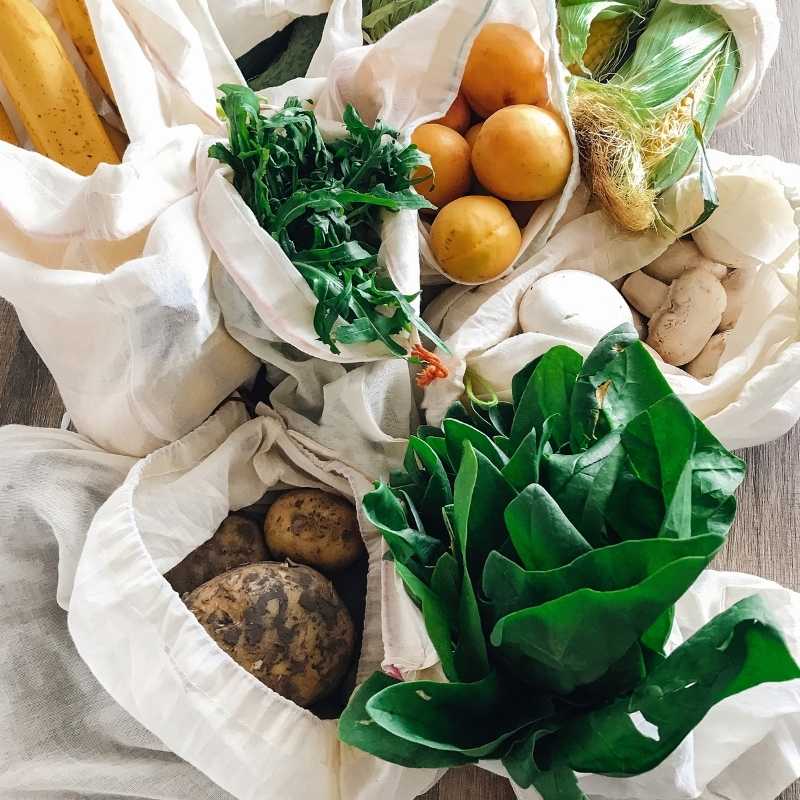We often think about food waste in relation to how it affects the environment. Billions of pounds of food are thrown away each year, ending up in landfills and furthering the creation of greenhouse gases. But minimizing how much food ends up in your local landfill offers more than an environmental benefit. Cutting food waste can save you money, at the cash register and in the cost of replacing food that’s thrown away.
Here are six ways to cut your household food waste:
1. Make a List
I’m guilty of grocery shopping while hungry and spending much more than I intended. Making a grocery list ahead of time can help you avoid impulse purchases, but also ensures you don’t forget anything you need or buy more than you will use. I like keeping a list on my local grocery store’s app, but good old pencil and paper works just as well. Just make sure to stick to a list!
2. Store Efficiently
Buying in bulk can save you money, but if you don’t store food properly or use that food in time it can quickly go to waste. If you store items in a deep freezer for long-term use, make sure to check the dates and rotate what you have frozen to make sure you don’t lose any food to freezer burn or time. Helpful hint: Keep a freezer inventory notebook and update it frequently with what goes in, what comes out, and when. Bulk isn’t always best: Buying smaller amounts of food at a higher cost will save you more if it prevents food wastage.
3. Plan Your Meals
Having a plan, especially for how to use your leftovers, can ensure that less food ends up in the bin. Reinventing leftovers into a new dish can make them seem much less boring, making it easier to eat them for an extra meal or two.
4. Use Those Scraps
There can be a surprising number of uses for food scraps you used to throw away. Celery, carrot, and onion trimmings and leftover chicken can all be used to make chicken stock; orange peels can be either candied as a treat or added to vinegar to make a citrus-scented cleaner; and slightly stale bread can become homemade croutons for your next soup or salad. If you’re stuck on ideas what to do with your food scraps, YouTube and Pinterest are your friends, as is a search on Google.
5. Get Composting
One of the easiest and most all-encompassing ways to reduce food waste is to compost. Most organic matter is compostable, so all of those egg shells and potato eyes can get chucked right in your compost bin. If you have a home with a yard, you can make a compost area outside; many cities and towns offer low-cost compost bins for purchase. If you don’t have room for a bin, there are a number of pickup and drop-off compost services. You can even compost kitchen scraps in your living room. The resulting compost from your kitchen waste can be used in your own yard and garden, or if you use a paid service, it may go to community gardens in your neighborhood.
6. Donate
If you have any food that isn’t expired but you’re sure you won’t get around to using, consider donating to your local food pantry or shelter. A recent government report found that food insecurity affects over 37 million people in the United States, and there are hungry people in nearly every community, including ours. Many grocery stores have drop-off boxes for food donations to local food banks.
Getting your food waste under control is one way to save money. Now look at all the other ways you can get control of your spending. Download our Money Management Planner today!
Others are reading:




.jpg)









Comment